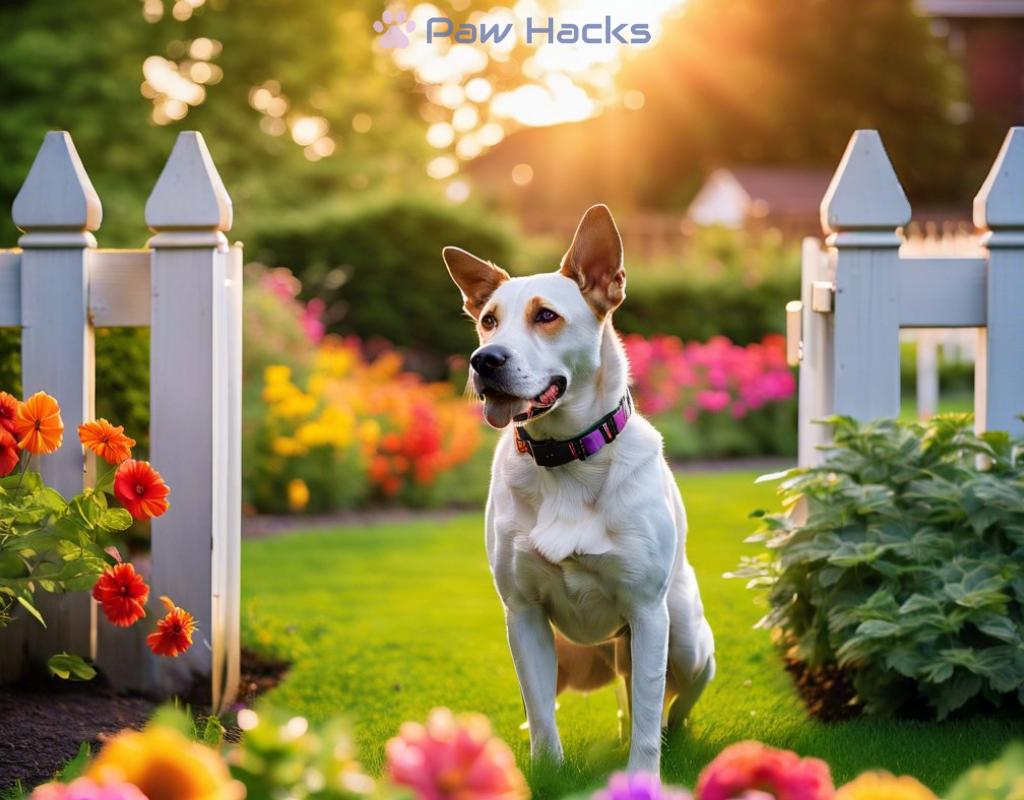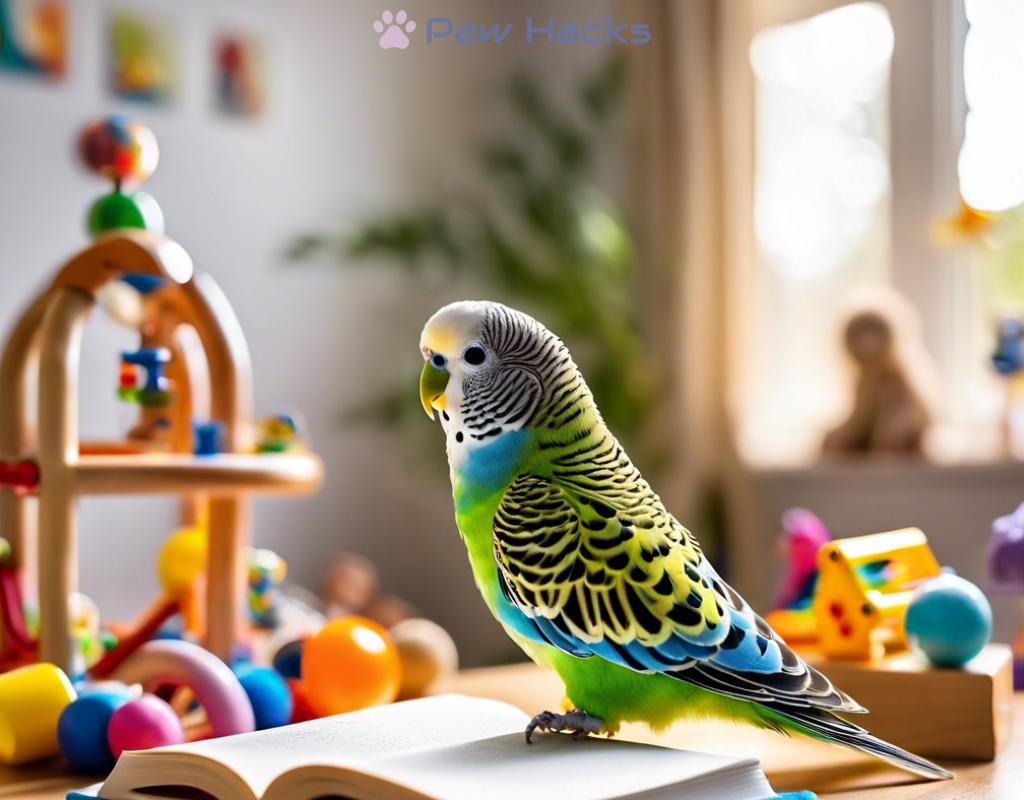Reducing Aggression in Dogs Towards Cats
Understanding the Root Causes of Dog Aggression Towards Cats
Many dog owners have experienced the unsettling scene of their dog chasing a cat. Understanding the instinctual behaviors of dogs is crucial to managing and reducing aggression. Dogs are descendants of wolves, and their predatory instincts can sometimes kick in when they see smaller animals like cats. However, not all dogs are aggressive towards cats, and recognizing the reasons behind this behavior can help us address it more effectively.
One significant factor that influences how a dog interacts with cats is its early socialization. Dogs that are not exposed to cats during their formative weeks may see them as unfamiliar and potential prey. Proper socialization can make a world of difference in a dog’s behavior. Here are some key points to consider:
- Positive Experiences: Dogs that have positive interactions with cats during puppyhood are less likely to show aggression later.
- Exposure to Different Animals: The more diverse their experiences with various animals, the more comfortable they will become.
- Training and Commands: Teaching dogs commands like ‘leave it’ can help redirect their focus away from the cat.
Environmental factors and individual dog temperament play significant roles in aggressive behavior towards cats. A dog’s past experiences, breed characteristics, and even its current environment can trigger aggressive responses. Here’s a table summarizing some common triggers:
| Trigger | Description |
|---|---|
| Fear | Dogs may react aggressively if they feel threatened by a cat. |
| Territoriality | Dogs may become aggressive if they perceive the cat as intruding on their space. |
| Excitement | Some dogs get overly excited and may act aggressively out of playfulness. |
By understanding these triggers, owners can work towards creating a harmonious environment where dogs and cats can coexist peacefully.
Effective Training Techniques to Promote Peaceful Coexistence

Creating a peaceful environment where dogs and cats can coexist requires a thoughtful approach to training. One of the most effective methods to reduce aggressive behavior is through positive reinforcement. This technique involves rewarding dogs for calm behavior around cats rather than punishing them for aggressive actions. For example, when your dog remains calm in the presence of a cat, offering treats or praise can reinforce this behavior. Over time, this approach helps shift the dog’s perception of cats from being potential prey to simply being part of their surroundings.
Incorporating training sessions into daily routines can also bolster this effect. Short, frequent training periods that focus on commands like ‘sit’ or ‘stay’ can help dogs learn self-control, enabling them to respond more appropriately when around a cat.
Another effective strategy is utilizing desensitization techniques. This method involves gradually exposing your dog to cats in a controlled manner, allowing them to adjust to the presence of cats without overwhelming stimuli. Start by keeping the cat in a separate room where the dog can see or hear them but not interact directly. As the dog becomes accustomed to the sounds and sights, you can slowly decrease the distance between them.
During this process, it’s vital to monitor your dog’s body language closely. If signs of stress arise, such as barking or growling, increase the distance again and give your dog time to relax. This gradual exposure can help in reducing the fear and excitement that often lead to aggressive behavior. Remember, patience is key; the goal is to create a positive association with the presence of the cat.
| Training Technique | Description |
|---|---|
| Positive Reinforcement | Reward calm behavior around cats with treats and praise. |
| Desensitization | Gradually expose the dog to cats in controlled environments. |
Creating a Safe Environment for Dogs and Cats Together
Establishing a harmonious living space for both dogs and cats is essential for preventing aggression and fostering peaceful interactions. It requires a careful blend of environmental modifications, behavioral training, and an understanding of both animals’ needs. By implementing certain strategies, owners can create a sanctuary where their pets can thrive without fear or hostility.
One of the most critical aspects of reducing aggression is ensuring that both dogs and cats have their own safe zones. These spaces should be designed to accommodate their individual needs while minimizing stress. Here are some practical steps to consider:
- Separate Areas: Allocate distinct areas for each pet, complete with their essentials like beds, toys, and food. This helps minimize territorial disputes.
- Vertical Space for Cats: Cats love to climb and observe from above. Providing cat trees or shelves allows them to feel secure and view their environment without being threatened by dogs.
- Dog Gates: Use baby gates to create boundaries that allow dogs and cats to see each other without direct interaction, which can ease tension.
Supervised interactions are crucial during the initial stages of introducing a dog to a cat. Observing their behavior can provide insights into their comfort levels and help prevent aggressive encounters. Here are some tips on how to monitor these interactions effectively:
- Stay Calm: Your demeanor influences your pets. Maintain a relaxed attitude to promote calmness in both animals.
- Observe Body Language: Look for signs of stress or aggression, such as growling, tail pulling, or ears pinned back. If such behaviors arise, separate the animals immediately.
- Gradual Introduction: Start with short visits, gradually increasing the time they spend together as they become more comfortable with each other.
Creating a predictable routine helps both dogs and cats feel secure in their environment, which can significantly reduce anxiety-driven aggression. Here’s how to implement effective daily routines:
- Consistent Feeding Schedule: Feed pets at the same time daily to instill a sense of normalcy and reduce competition for food.
- Regular Exercise: Ensure that your dog gets plenty of physical activity to burn off excess energy. A tired dog is less likely to engage in aggressive behavior.
- Reward System: Use positive reinforcement to reward both pets for calm behavior during interactions, strengthening their bond and reducing tension.
Recognizing Warning Signs of Aggression in Dogs
Understanding the subtle signs that indicate a dog may be feeling aggressive towards a cat is crucial for ensuring the safety of both pets. Dogs can exhibit a range of behaviors that signal discomfort or aggression, and recognizing these early warning signs can help prevent a potentially harmful situation. It’s important for dog owners to be vigilant and informed about their furry friends’ body language and vocalizations.
Dogs communicate predominantly through body language, and many of their signals can indicate a rising level of discomfort or aggression. Here are some key behaviors to watch for:
- Stiff Body Posture: If a dog stands rigidly with its body tense, it may be preparing for a confrontation. This stance often indicates that the dog feels threatened.
- Growling: A growl is a clear verbal warning that your dog is feeling threatened or agitated. This sound should never be ignored.
- Baring Teeth: When a dog shows its teeth, it’s not always a sign of playfulness. It can be a precursor to aggression, especially if combined with other aggressive signals.
- Raised Hackles: The fur along a dog’s back may stand on end, indicating that the dog is on high alert and potentially ready to react.
- Intense Staring: A fixed stare towards the cat can indicate a dog’s predatory instincts kicking in, which can lead to aggressive behavior.
In addition to body language, dogs also use vocalizations to express their feelings. Recognizing these sounds can provide further insight into their state of mind:
- Barking: While barking can mean many things, excessive or sharp barking directed at a cat may signal aggression or frustration.
- Whining: If a dog is whining while fixated on a cat, it may indicate anxiety or fear rather than aggression, but it’s important to observe the context.
Being proactive can significantly reduce the chances of aggression. Here are a few strategies:
- Training and Socialization: Regular training sessions and positive socialization experiences with cats can help your dog learn appropriate behaviors.
- Awareness and Monitoring: Always supervise interactions between dogs and cats, especially during the initial introductions. Being observant can help you catch warning signs early.
- Safe Spaces: Ensure that both pets have access to their own safe zones where they can retreat if they feel threatened.
Recognizing these warning signs is vital in preventing aggressive encounters. By being attentive to your dog’s behavior and fostering a safe environment, you can promote a peaceful coexistence between your dog and cat.
The Role of Socialization in Reducing Canine Aggression
When it comes to fostering a peaceful relationship between dogs and cats, socialization emerges as a pivotal factor. Effective socialization can significantly diminish aggressive tendencies, offering both pets a chance to thrive in a harmonious environment. By exposing dogs to various experiences during their formative months, owners can shape their behavior and reactions towards cats in a more positive manner.
Early experiences play a crucial role in how dogs perceive and interact with cats. Dogs that encounter cats during their critical socialization window—typically between three and twelve weeks of age—are more likely to develop friendly behaviors. These formative interactions can create lasting impressions that help dogs view cats not as prey, but as companions. Engaging in supervised play sessions or gentle introductions can foster these positive associations. The goal is to ensure that dogs associate cats with enjoyable experiences, whether it’s through play, treats, or praise.
Socialization should not be limited to just one type of interaction. Exposing dogs to a variety of animals, environments, and situations can significantly enhance their adaptability and reduce aggression. For instance, visiting parks where both dogs and cats are present can help dogs learn to coexist with different animals. The more diverse their social experiences, the more comfortable they become. Owners should actively seek out opportunities where dogs can interact not only with cats but also with other pets, ensuring that these interactions are positive and rewarding. This approach helps in molding a well-rounded pet capable of navigating various social situations with ease.
Moreover, training commands and cues play a vital role in reinforcing positive behavior. Teaching commands such as ‘leave it’ or ‘stay’ can redirect a dog’s focus away from a cat, allowing for better control during potentially tense moments. Consistent practice of these commands during socialization sessions reinforces the dog’s understanding that calm behavior is rewarded, further minimizing aggressive tendencies.
Share this content:



